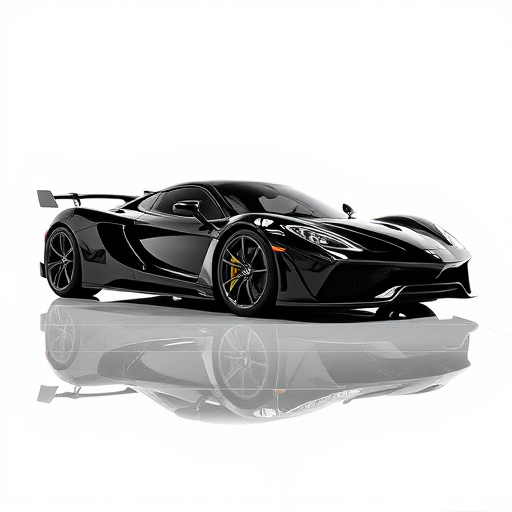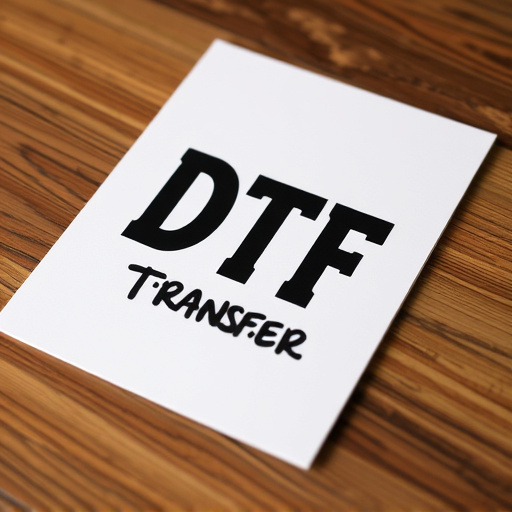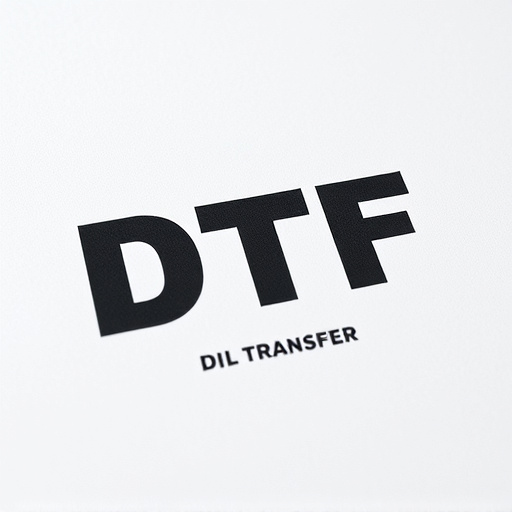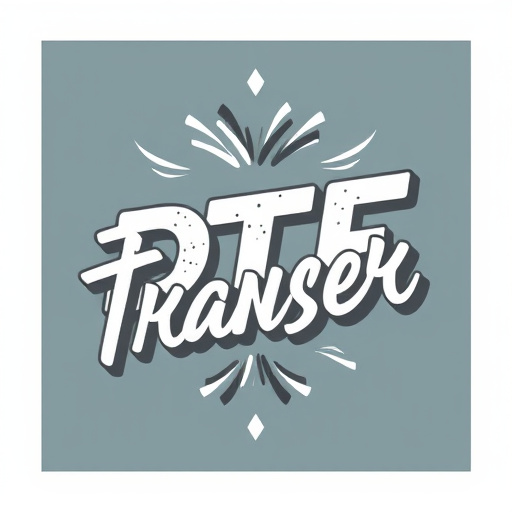Direct-to-Film (DTF) technology is a cutting-edge printing method that produces vibrant, multi-colored designs with exceptional accuracy. Popular across fashion, signage, and product branding, DTF offers faster production times, design flexibility, and improved durability compared to traditional methods. The process involves transferring ink directly onto flexible materials using specialized machines, followed by curing with heat or UV light. Choosing the right substrate like polypropylene (PP) or polyethylene (PE) ensures high-quality prints that last. DTF enables artists to bring intricate designs to life on various surfaces, from clothing and home goods to art pieces. Regular maintenance is key to preserving the vivid colors of DTF transfers over time. Industries benefiting from DTF include fashion, beauty, and signage, with its ability to create unique, high-resolution prints catering to consumers' desire for individuality.
Discover the vibrant world of multi-colored designs brought to life with Direct-to-Film (DTF) technology. This innovative printing process offers unparalleled color vibrancy and versatility for a range of applications. In this comprehensive guide, we’ll explore DTF’s advantages, from its ability to create intricate, multi-hued prints to its durability. Learn about suitable materials, creative ideas, application tips, and the diverse industry uses that make DTF Transfer a game-changer in design and decoration.
- Understanding Direct-to-Film (DTF) Technology: A Beginner's Guide
- The Advantages of DTF Transfer for Vibrant Multi-Colored Designs
- Choosing the Right Materials: Substrates for DTF Printing
- Creative Possibilities: Unique Ideas for DTF Prints
- Application and Durability: How to Ensure Long-Lasting DTF Transfers
- Exploring Industry Uses: From Fashion to Decor, DTF's Versatility
Understanding Direct-to-Film (DTF) Technology: A Beginner's Guide
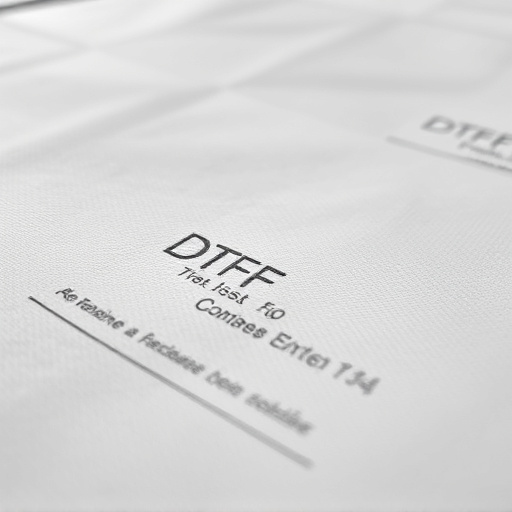
Direct-to-Film (DTF) technology is a cutting-edge printing method that has revolutionized the way we create vibrant, multi-colored designs. Unlike traditional printing techniques, DTF transfers ink directly onto film or other flexible materials, allowing for intricate and eye-catching prints. This innovative approach has gained immense popularity in various industries, from fashion and textiles to signage and advertising, thanks to its ability to produce high-quality, durable DTF prints.
At its core, the DTF process involves a specialized machine that applies ink directly onto a moving film or substrate. This enables the creation of detailed patterns with precise color accuracy. The transferred film is then cured using heat or UV light, ensuring the inks bond firmly to the material. This technology offers several advantages over traditional printing methods, including faster production times, greater flexibility in design possibilities, and improved durability of the final DTF transfer. It’s a game-changer for businesses and designers looking to create unique, visually stunning products with intricate details.
The Advantages of DTF Transfer for Vibrant Multi-Colored Designs
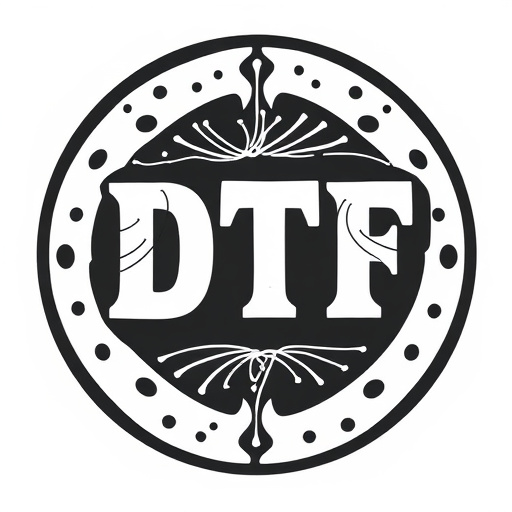
Direct-to-film (DTF) transfer offers a myriad of advantages for creating vibrant multi-colored designs. This cutting-edge technology allows for precise printing directly onto various materials, ensuring each color is laid down with meticulous care. DTF provides an unparalleled level of detail and vibrancy, making it ideal for intricate patterns and eye-catching graphics. The process eliminates the need for separate plates or screens for each color, streamlining production time significantly.
Furthermore, DTF transfer delivers exceptional consistency across prints, guaranteeing that every design element remains true to the original. This technology is versatile, suitable for a wide range of materials, from textiles to plastics and metals. As a result, it caters to diverse industries, including fashion, signage, and product branding. DTF Printing produces durable, long-lasting prints resistant to fading, ensuring that vibrant multi-colored designs maintain their impact over time.
Choosing the Right Materials: Substrates for DTF Printing
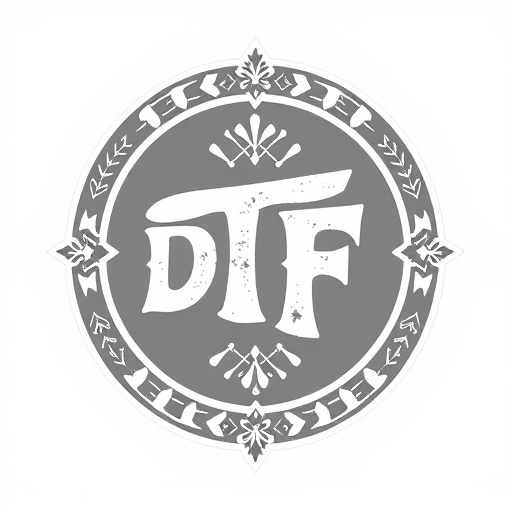
When selecting materials for DTF (Direct-to-Film) printing, choosing the right substrate is key to achieving vibrant multi-colored designs. The substrate, or base material, forms the canvas upon which your design will be transferred. Opting for high-quality substrates ensures superior print quality and longevity of your DTF prints. Popular choices include various types of film, such as polypropylene (PP) or polyethylene (PE), known for their flexibility, durability, and ability to accept ink effectively.
For optimal results, consider the specific requirements of your design project. Factors like substrate thickness, adhesive properties, and ink compatibility play a crucial role. Thicker substrates may be preferable for detailed designs to prevent ink bleeding or smudging. Additionally, selecting a substrate with suitable adhesive properties ensures a secure bond between the design and the final product, whether it’s a phone case, clothing, or other merchandise.
Creative Possibilities: Unique Ideas for DTF Prints

Direct-to-film (DTF) technology unlocks a world of creative possibilities for designers and artists looking to bring unique ideas to life. One of the standout features of DTF printing is its versatility, allowing for intricate and multi-colored designs that can be applied to various surfaces. Think bold, eye-catching graphics on t-shirts, quirky illustrations on mugs, or even complex patterns on phone cases. With DTF, the sky’s the limit!
Artists can experiment with layering different colors, creating gradient effects, and incorporating intricate details with ease. This technology enables the reproduction of fine art, abstract compositions, or even photorealistic images with remarkable accuracy. Whether it’s a pop-art-inspired design with vibrant primary colors or a subtle monochrome illustration with nuanced shading, DTF prints offer a captivating visual experience.
Application and Durability: How to Ensure Long-Lasting DTF Transfers
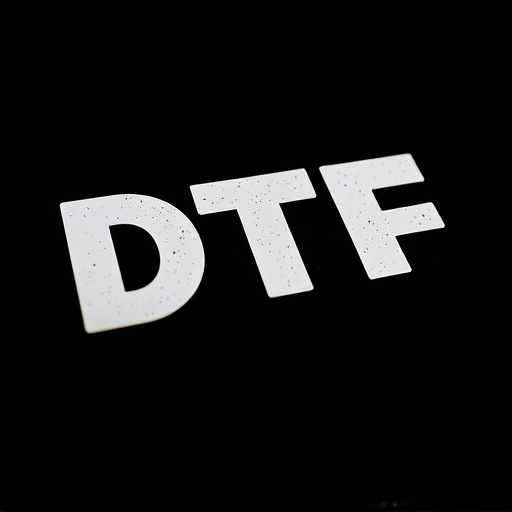
The beauty of vibrant, multi-colored designs in direct-to-film (DTF) technology lies in its ability to produce long-lasting, high-quality prints. To ensure that DTF transfers withstand the test of time and maintain their vivid colors, several factors must be considered.
Regular maintenance is key; this includes cleaning the printing surface regularly to remove any build-up of ink or residue. Using suitable cleaning agents specifically designed for DTF printing prevents damage to the film. Additionally, proper storage conditions are vital; keeping prints away from direct sunlight and extreme temperatures helps prevent fading and deterioration. By following these simple steps, you can extend the lifespan of your DTF prints, ensuring they continue to display their stunning colors and intricate designs.
Exploring Industry Uses: From Fashion to Decor, DTF's Versatility
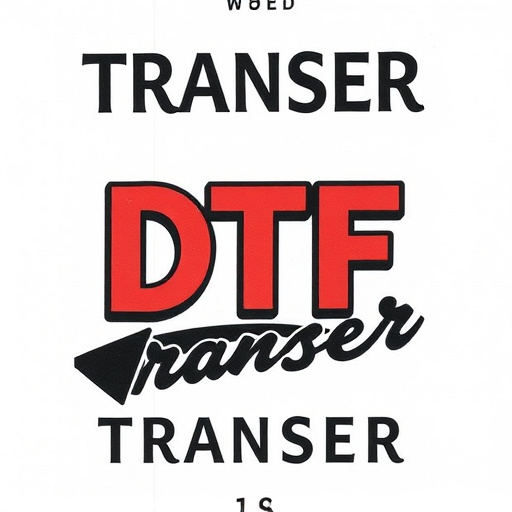
Direct-to-film (DTF) technology has revolutionized various industries by offering a versatile and dynamic way to create multi-colored designs. Beyond its use in printing, DTF transfer has found its place in diverse sectors, proving its adaptability and appeal. In the fashion industry, for instance, DTF Printing enables designers to bring vibrant, intricate patterns onto clothing and accessories with ease. Each fabric becomes a canvas, allowing for unique, personalized pieces that catch the eye.
The beauty sector is another area where DTF prints have made a significant impact. From custom-designed nail art to eye-catching makeup cases, DTF Transfer allows businesses to offer limited-edition, on-trend products that stand out in a crowded market. Its ability to produce high-resolution, multi-colored designs means that brands can create visually stunning items that cater to consumers’ desire for individuality and self-expression. Whether enhancing fashion statements or transforming everyday objects into works of art, DTF technology continues to leave its mark across multiple industries, showcasing the limitless possibilities of direct-to-film printing.
